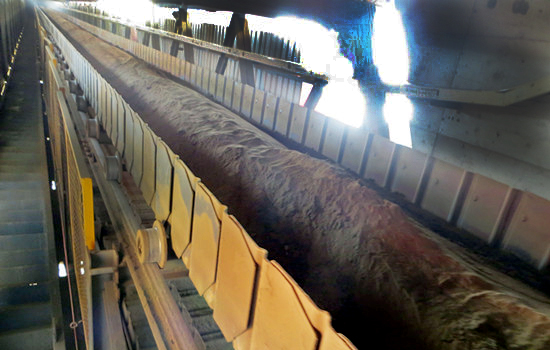LD
pan conveyor is suitable for non-viscous solid materials such as boiler ash, cement clinker, slag, coke, gravel, etc., especially some high temperature, large volume, lump block, sharp angle and hard abrasive material, which suitable for working environment with large transportation demand.
1.Whether the
pan conveyor can be used to transport materials with sharp angles and hard abrasion?
Technically, the
pan conveyor is a kind of conveyor that can be used to transport materials with sharp angels or hard abrasion. Because it has flexible layout, large handling capacity, steep incline, little maintenance cost and long service life, also it can transport a variety if loose materials, such as boiler ash, cement clinker, slag, limestone and gravel.
2.What is the specific uses of the LD
pan conveyor?
Generally speaking, the LD
pan conveyor belong to a specific model of
pan conveyor, which is similar to ordinary
pan conveyor in applications, and all are used to transport loose materials. However, the LD
pan conveyor transports the materials along the guideways horizontally or obliquely and widely applies to power station, mine coal and other industries.
3. How much can the
pan conveyor reach in terms of conveying distance, lifting height and daily handling capacity? In addition, whether the chain is an important component?
The pan conveyor has a conveying distance of up to 150meters, a lifting height of up to 45 meters, and the daily handling capacity is 2,000 tons. In the structure of
pan conveyor, the chain is an important component, which is composed of chain plate, drag chain wheel, connecting rod, shaft sleeve, pin shaft and other parts, and it is a traction and load-bearing component.
4.What is the commissioning of the
pan conveyor?
The commissioning of the
pan conveyor is as follows: After the pan conveyor is installed, it should run no less than 4 hours without loading, mainly to check the various components. What’s more, the load test run should be carried out, also the time should not be less than 4 hours. The temperature rise of the bearing and reducer should not exceed 40℃.





